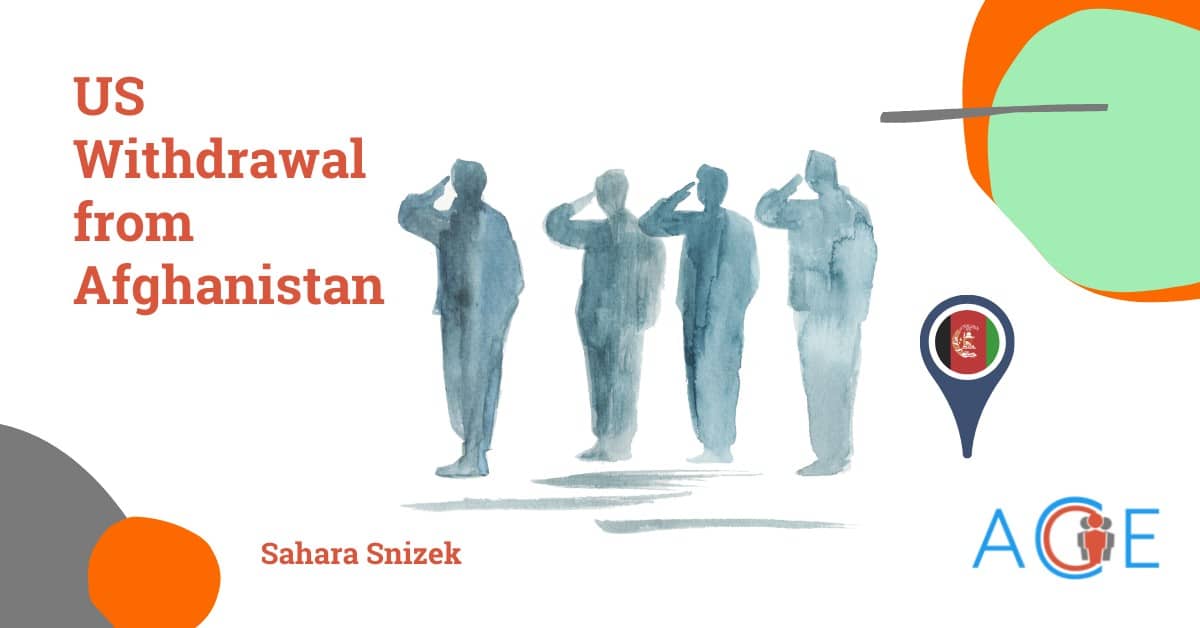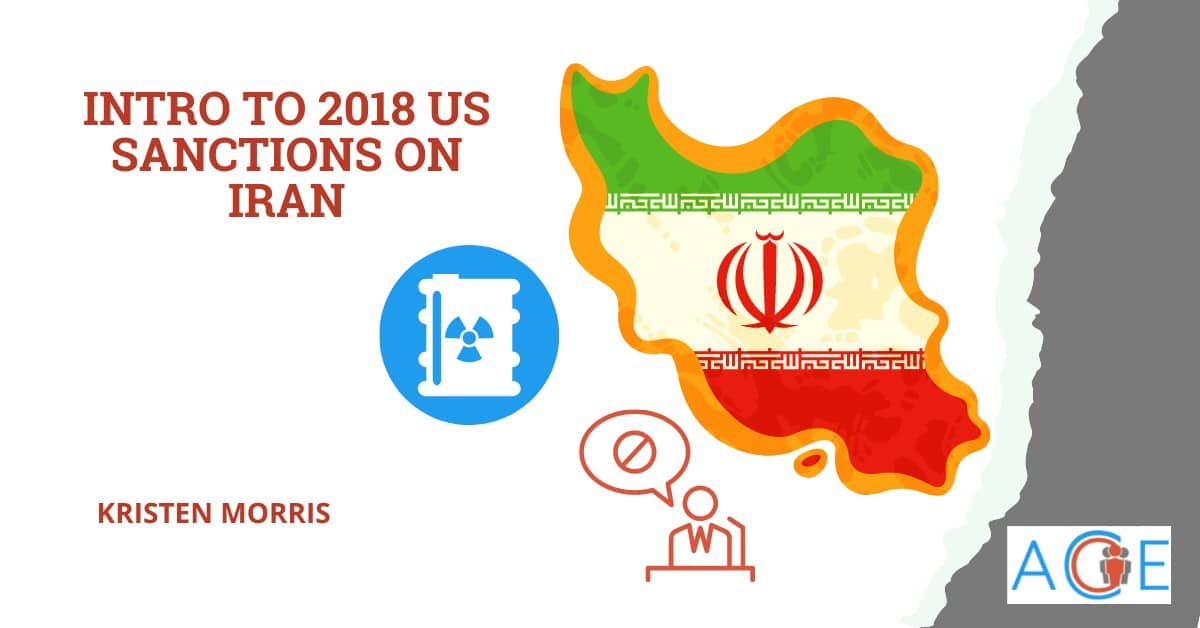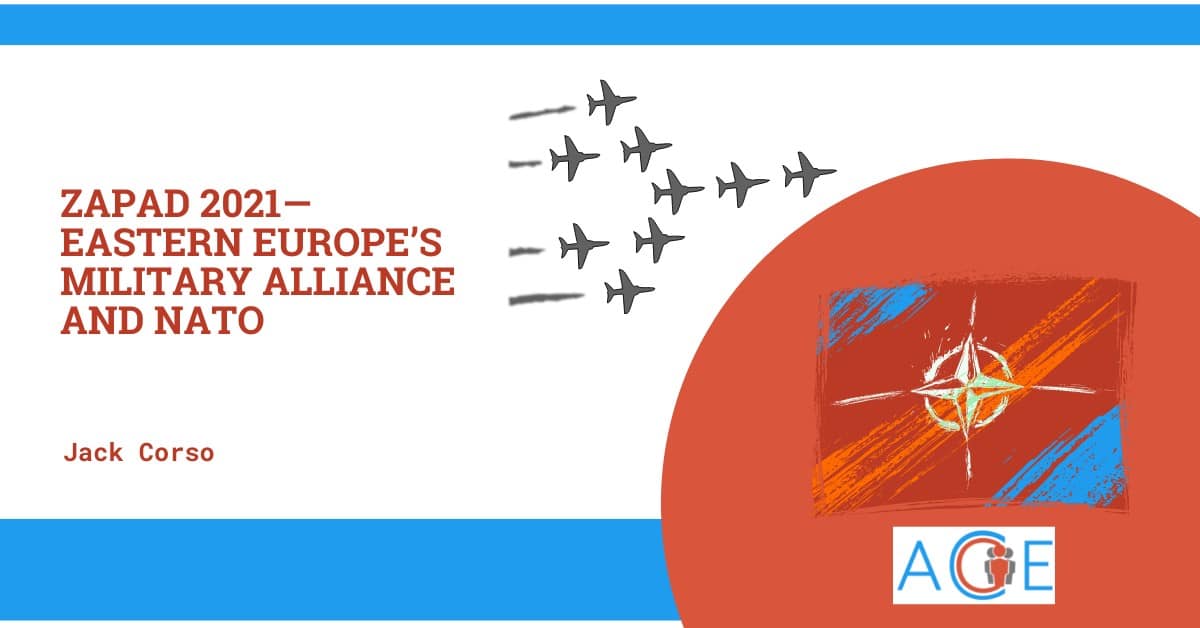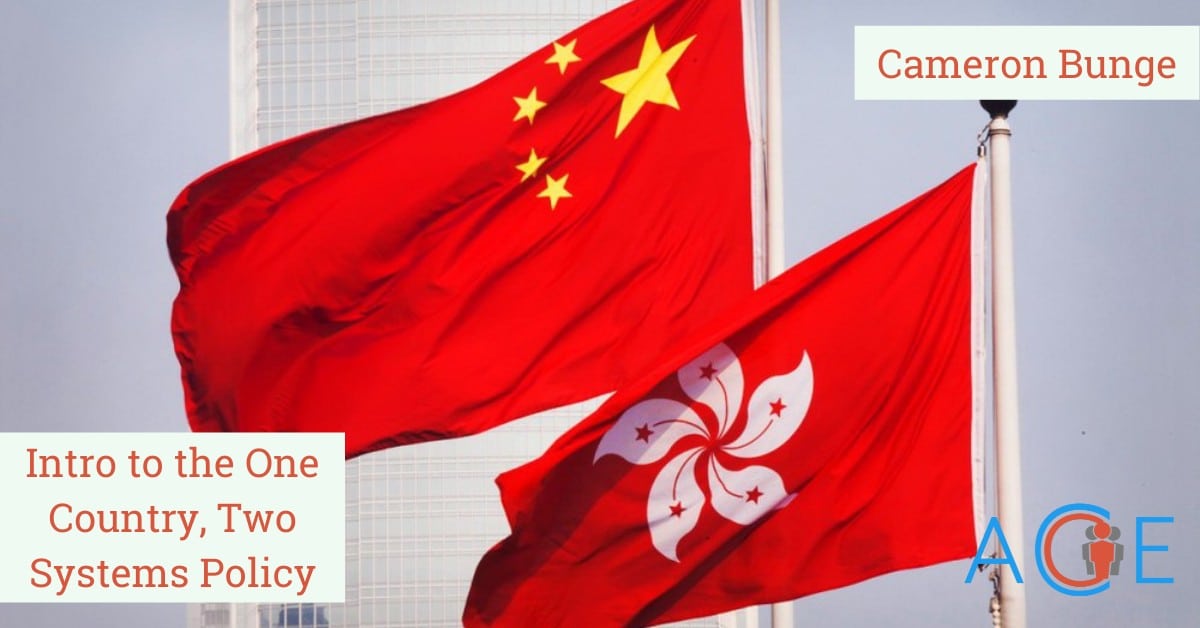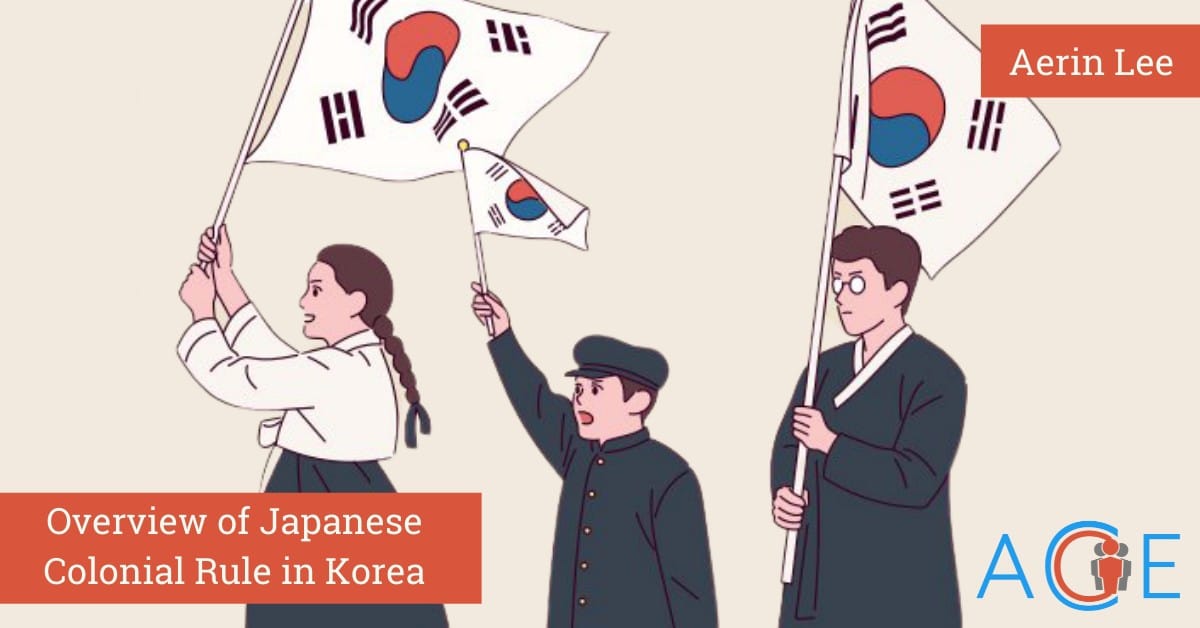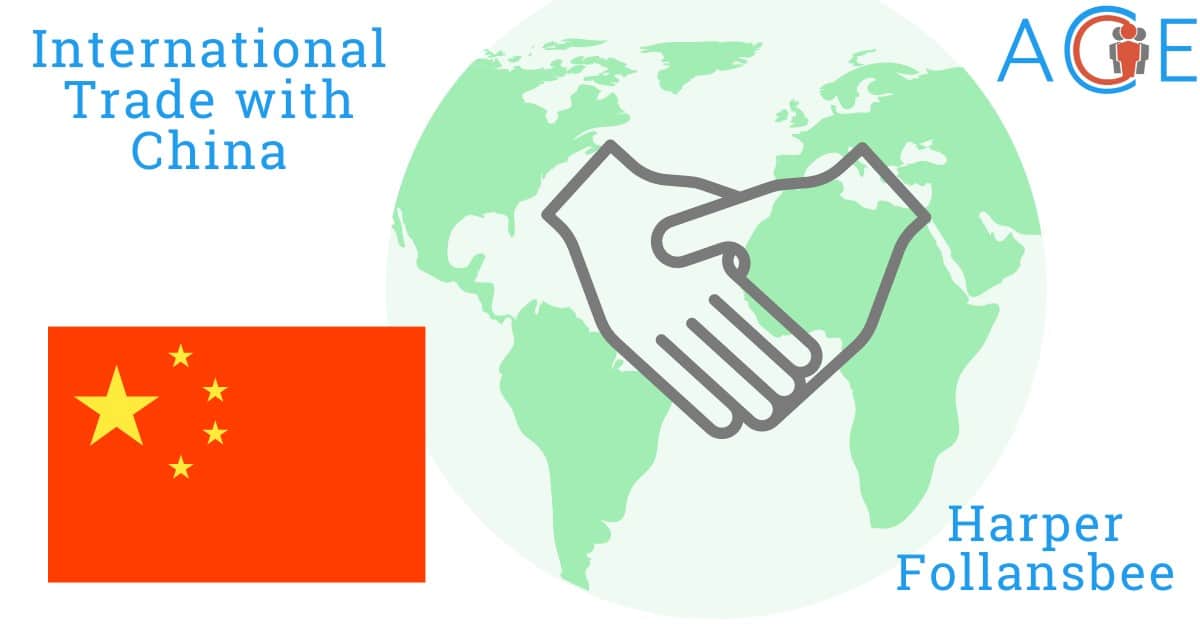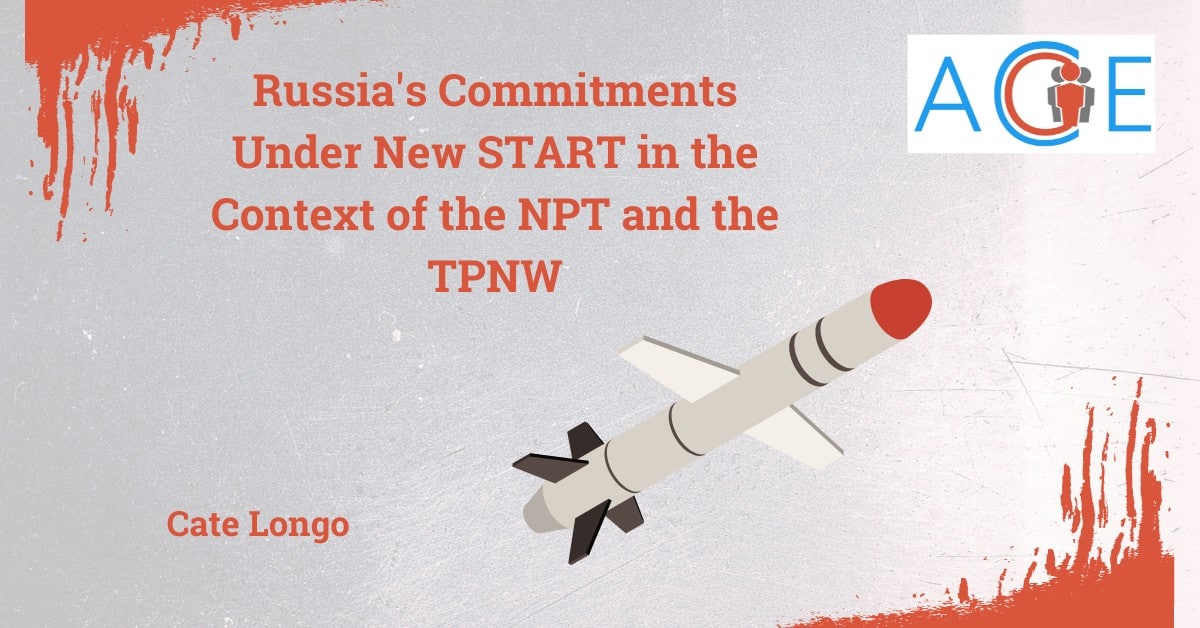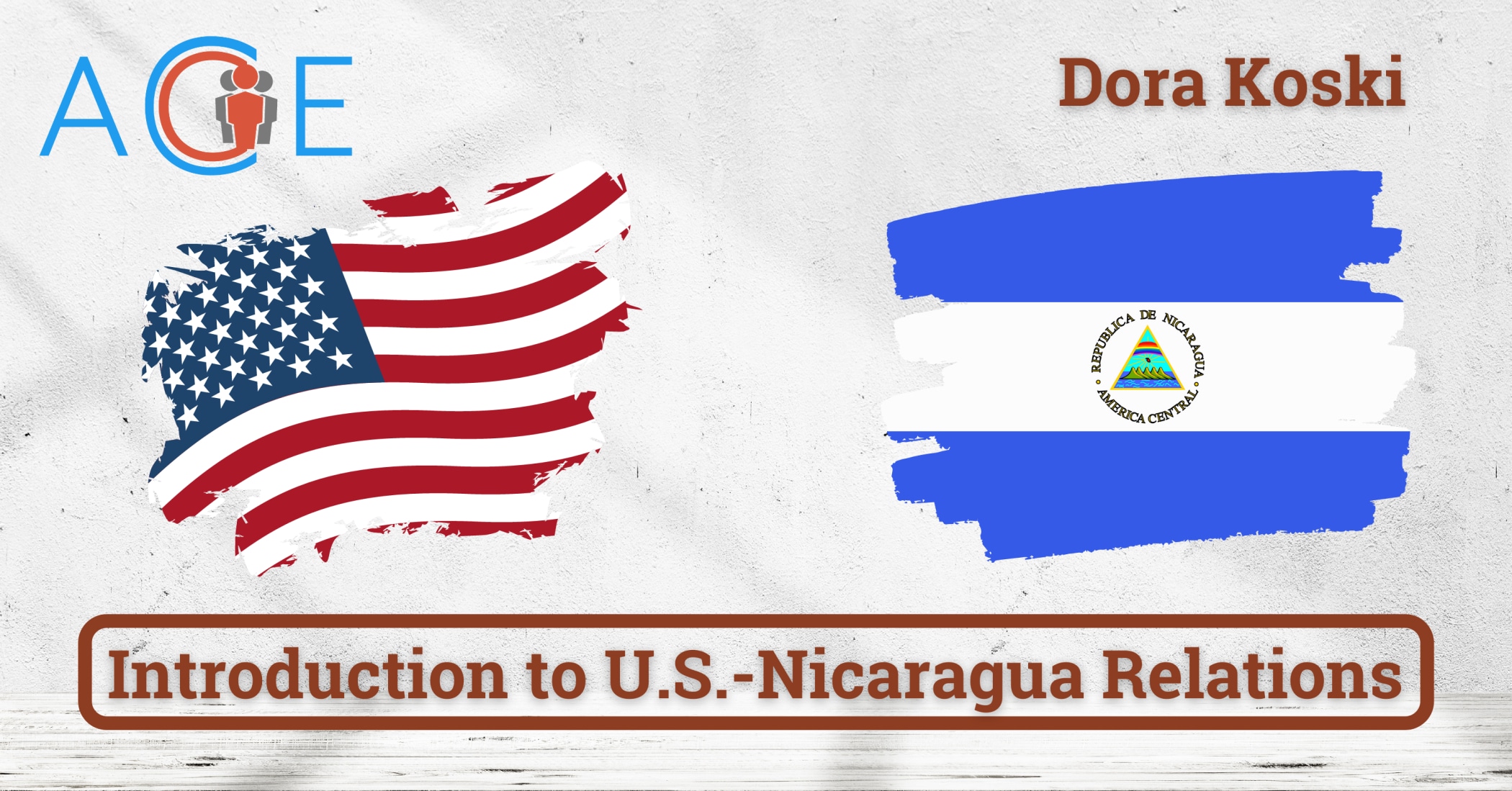Fact Sheet
Population: 6,243,931 (July 2021 est.)
Capital: Managua
System of Governance: Presidential Republic
President: Jose Daniel Ortega Saavedra (since 10 January 2007)
Majority Language: Spanish
Majority Religion: Roman Catholic
GDP Per Capita: $5,407 (2019 est.)
Global Freedom Score: 30/100
History of Relationship with the United States
Nicaragua’s relationship with the United States began in 1824, when it declared independence from Spain and subsequently joined the Federation of Central American States. The United States, under the leadership of James D. Monroe, recognized the independence of the Federation of Central American States, which at the time included Guatemala, Honduras, Costa Rica, and El Salvador. It was not until 1849 that the United States recognized the independence of Nicaragua, when then-president James K. Polk held a meeting with the Charge d’Affaires Eduardo Carcache.
The presidency of José Santos Zelaya strained diplomatic relations between the United States and Nicaragua. Several factors contributed to this shift, one of the greatest being Zelaya’s refusal to grant the United States permission to build a canal through the country, forcing them to use Panama instead. Rumors also surfaced that Zelaya was planning to invite Japan to build a canal that would compete with the United States’ waterway in Panama. This motivated the United States to support a conservative opposition revolt. Tensions reached a boiling point when two American citizens were executed for their participation in the revolt. In response, the United States severed diplomatic relations with Nicaragua in 1909. Additionally, United States Marines were sent into Bluefields, a crucial city for Nicaragua’s economy, and the site of revolutionary activity. While guarding American property in Nicaragua, the Marines established a neutral zone in Bluefields. Ultimately, Zelaya sought asylum in Mexico and the United States resumed diplomatic relations with the next president in 1911. Marines remained in Nicaragua until 1932.
Relations between the two countries remained rocky from 1911 to 1947, though there were few major incidents. In 1947, after former president Anastasio Somoza Garcia overthrew the government of President Leonardo Arguello Brown, the United States once again severed relations with Nicaragua, stating they “would not be disposed to enter into official relations with the regime in power in Nicaragua.” In response to pressure from the United States, elections were held and Victor Roman y Reyes was elected, re-establishing diplomatic relations.
The Sandinista regime seized power in 1979. Backed by Cuba, the Sandinista regime became a major target of Ronald Reagan’s fight against Communism. Reagan authorized funds in 1982 to assist in the recruiting, training, and armament of Nicaraguan counterrevolutionaries (the Contras) that opposed the Sandinista regime. The Nicaraguan government expelled the American Ambassador in retribution.
The fall of the Sandinista regime and the beginning of the Chamorro government marked a new era of relations with the United States. The Chamorro government reversed many of the previous regime’s policies and undertook a series of reforms throughout the 1990s. Key policy changes included the reducing the size of the army and the resignation of General Humberto Ortega (chief military officer during the Sandinista regime). These changes signified greater civilian control over the military. However, unrest still defined the administration as disgruntled former Contras (renamed the Recontras) continued to promote unrest because they felt the Sandinista-dominated military was violent towards other political groups, and the administration failed to follow through on its promise of redistributing the land. The Chamorro government managed to disarm most of the Recontras by 1995. When it was time for the election of a new administration in 1996, the Chamorro government promised peaceful elections to transition from one civilian government to another.
Daniel Ortega, the president from 1985-1990, returned to power in 2006 and began Nicaragua’s attempt to transition to a modern economy. This included entering the Central America-Dominican Republic Free Trade Agreement with the United States, which helped the country attract investment, create jobs, and promote economic growth. In 2007, the Inter-American Development Bank cancelled the country’s $1 billion debt. Through the PetroCaribe energy initiative, Venezuela sold crude oil to Nicaragua at discounted prices starting in 2007, allowing the Nicaraguan government to resell the oil at market prices. Profits from this initiative went to social programs to alleviate poverty. The poverty rate fell from 42% to 30% between 2009 and 2014. The US the remained Nicaragua’s largest trading partner, however, the economy began shifting towards China and Russia. In 2014, Nicaragua broke ground on a Chinese-funded canal across, but the project has been suspended due to environmental and financial concerns.
The majority of citizens were content with Ortega due to his social programs that brought many out of poverty. However, some Nicaraguans grew concerned over his increasingly authoritarian rule, lack of government transparency, and control over national courts, military and the police. An incriminating report stated that profits from the PetroCaribe initiative were being diverted to invest in private companies controlled by Ortega’s family and friends. Despite growing uncertainty surrounding the Ortega administration, he was reelected in 2016, and Ortega’s wife was elected vice president.
In April 2018, the government social security program increased worker contributions but decreased benefits, and this served as a catalyst for widespread protests and riots. Anger focused on the Ortega regime, and protests spread across many major cities. These protests were often met with violence. Soon after, Ortega withdrew the social security reform, though the violence towards citizens caused continued protests. The death toll reached nearly 300. By January 2020, nearly 88,000 Nicaraguans had fled the country in response to the unrest. The Inter-American Commission on Human Rights and the United Nations’ human rights spokesmen accused the police and authorities of extrajudicial killings, torture, arbitrary detention, and the denial of the right of freedom and expression.
Following the breakout of COVID in the country, the Ortega administration downplayed the threat of the virus, and continued to permit large-scale gatherings. In addition, new legislation made it illegal to disseminate news that was not government sanctioned and prohibited “traitors” from holding public office without defining the term. The Organization of American States issued a resolution setting May 2021 as the deadline for the Ortega government to impose electoral reforms that favor a more democratic process in attempts to end election irregularities. Despite these measures, in June 2021, Ortega used his newly-passed laws to arrest 26 opposition figures, including six candidates in the running for the upcoming November election. The passing of repressive laws, silencing of civil society, and the undermining of democratic processes and institutions prompted international criticism and condemnation from the Organization of American States. The United States imposed visa restrictions on 100 members of the Nicaraguan assembly and judicial system.
Relations between the United States and Nicaragua remain rocky. The future of Nicaraguan elections, democratic processes, and civil rights remain in question.
Strategic Interests
Economy
Nicaragua has widespread unemployment and poverty, and is the poorest country in Central America and the second poorest country in the Western Hemisphere. 50% of Nicaragua’s exports are textiles and agricultural products, with a large remainder of exports consisting of beef, gold, and coffee. The United States has remained Nicaragua’s largest trading partner, buying 51% of its exports and supplying Nicaragua with 32% of its imports. The economic strengths of Nicaragua include the low labor cost, the young working class, and tax incentives for possible investors. The weaknesses of Nicaragua’s economy include its high security costs, its reputation as a risky place for investments, growing mistrust in the government and private sector, and lack of trust in governmental institutions.
Counternarcotics and Security Issues
Nicaragua has been grappling with the high risk of human trafficking within its borders. Human trafficking recruiters often use social media outlets within the country to recruit vulnerable populations of women and children. Traffickers within Nicaragua recruit individuals through social media, promising high-paying jobs outside of the country, in reality forcing them into labor. Children are targeted through the same initiatives and are forced into illegal drug trafficking and production. Nicaragua serves as a transshipment point for cocaine and arms-for-drugs shipments into the United States.
Human Rights
24.6% of the country lives below the poverty line, posing a large humanitarian crisis that has received international attention. In 2018, the government expelled the Inter-American Commission on Human Rights’ (IACHR) monitoring mechanisms for the country. The Ortega administration has exacerbated these issues, with civilian deaths sparking international outcries for support.
Migration and Border IssuesAs of April 2020, more than 103,000 Nicaraguans have fled since the violence in April 2018. Costa Rica hosts 77,000 refugees, and thousands of others have fled to Mexico, Panama, Europe, and the United States. Currently, “200,000 Nicaraguans are believed to be in the United States illegally.” The Biden administration, in response to irregular migration flows from the Northern Triangle and Central America, has initiated a “multipronged approach, including Executive Order 14010, which calls for a comprehensive framework to manage migration flows that would ‘facilitate access to protection and other lawful immigration avenues, in both the United States and partner countries, as close to migrants’ homes as possible.’” The Biden administration is requesting “$861 million in foreign assistance for Central America as part of its proposed four-year, $4 billion plan to address the root causes of migration.” The Biden administration continues to focus on the root causes of Central American migration, hoping foreign engagement in the region and funding of social programs will reduce illegal immigration and asylum-seekers at the border from both the Northern Triangle and Mexico.
